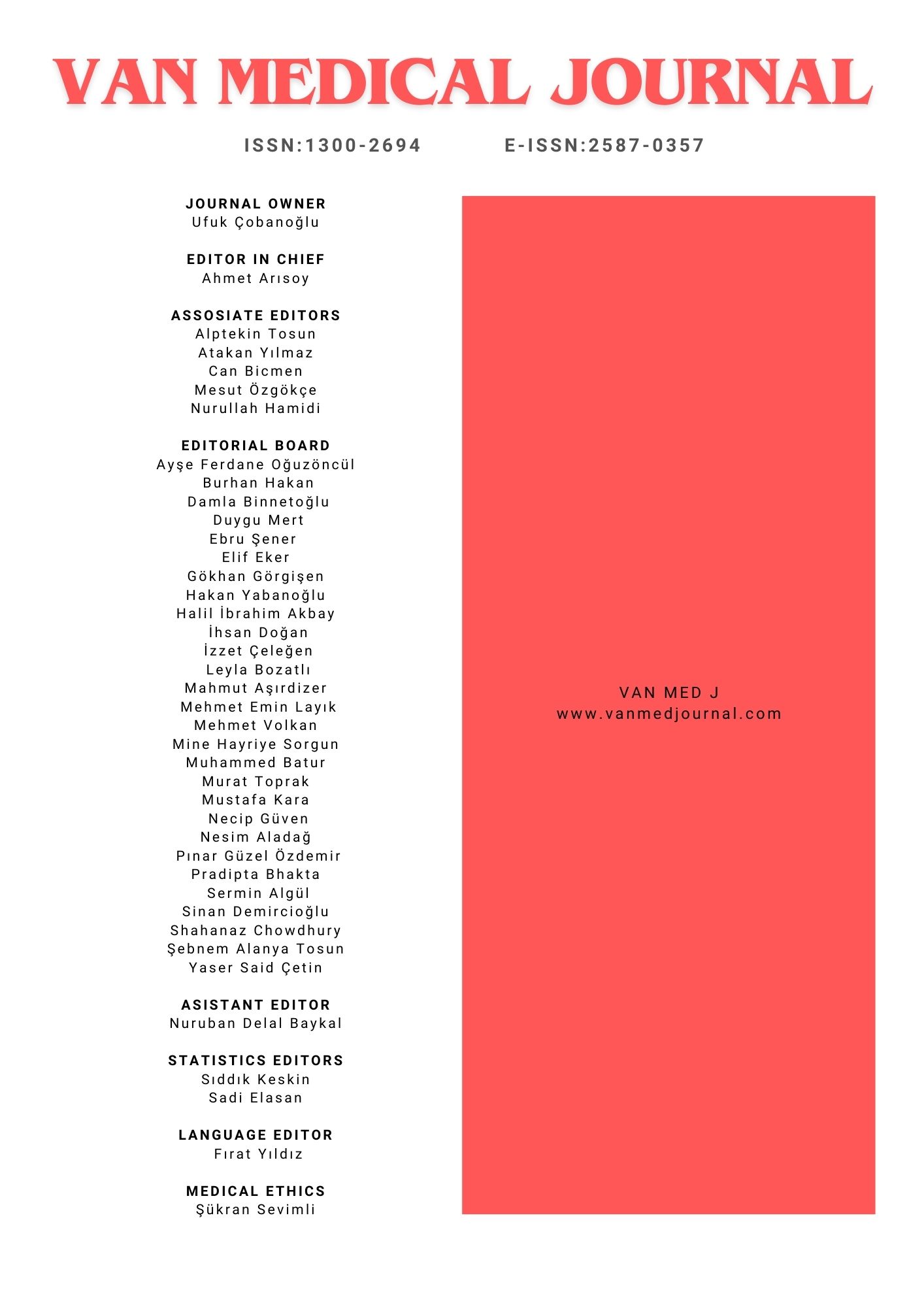Clinical Evaluation and Outcome of Patients with Severe Non-ketotic Hyperglycinemia: Single Center Experience
Pembe Soylu Üstkoyuncu1, Gul Demet Kaya Özçora2, Binnaz Çelik31Health Sciences University, Kayseri City Hospital, Pediatric Nutrition and Metabolism Clinic, Kayseri, Turkey2Health Sciences University, Kayseri City Hospital, Pediatric Neurology Clinic, Kayseri, Turkey
3Health Sciences University, Kayseri City Hospital, Pediatrics Clinic, Kayseri, Turkey
INTRODUCTION: Severe non-ketotic hyperglycinemia may present with clinical signs such as lethargy, hypotonia, apnea, hiccups and persistent convulsions in the newborn period.
METHODS: Eight patients with severe non-ketotic hyperglycinemia who were followed between January 2016 and November 2024 were included in the study. Initial clinical findings, laboratory results, EEG findings, MRI and MRS findings, molecular genetic analyses, drugs, dietary treatments, treatment results and prognosis were evaluated from patient hospital files.
RESULTS: Levels of plasma and cerebrospinal fluid glycine were 868.3 ± 259.0 μmol/l and 137.7 ± 36.0 μmol/l, respectively. The ratio between cerebrospinal fluid and plasma glycine was above 0.08 in all eight patients. Cerebrospinal fluid/plasma glycine ratio was measured after treatment in three patients. Although a decrease in cerebrospinal fluid glycine levels was observed in two patients, no decrease was detected in cerebrospinal fluid/plasma glycine ratio after treatment.
Seizure frequency decreased during periods of mild elevated glycine levels in seven patients. Although plasma glycine levels remained normal in one patient, seizures continued in this patient.
The c.1784dupT mutation was identified as a novel mutation in GLDC gene.
DISCUSSION AND CONCLUSION: Non-ketotic hyperglycinemia is a life-threatening inborn error of amino acid metabolism. Although CSF and plasma glycine levels are reduced with medication, unfortunately seizures decrease but continue. We observed that seizures may continue even when plasma glycine levels are normal. Currently, there is no specific treatment for non-ketotic hyperglycinemia. However, new potential curative therapies should be explored for this debilitating disorder, particularly for its severe form.
Keywords: Children, Encephalopathy, Glycine, Treatment, Prognosis
Manuscript Language: English

